Hare Bay, northwestern Newfoundland
The Table Cove Formation is the modern term for the "Middle Table Head" from which trilobites were described by Whittington (1965). Whittington was working with calcareous specimens collected on the west coast of the Great Northern Peninsula of western Newfoundland. Richard Fortey and Svend Stouge independently discovered silicified fossils in rocks of the formation on the east side of the peninsula, in outcrops near the village of Main Brook in the Hare Bay region. Richard introduced me to localities opposite Marechal Island and at Little Springs Inlet during a trip in 1995. I returned with Svend in 1996, and Svend showed me some other localities. Tiffany and I made another trip with Svend in 2002. The largest collections were made from the Marechal Island locality on a trip with Tiffany, Brian Beck, and Talia in 2004 on which the photos below were taken. Sampling is very difficult as the limestone at horizon TCM 2 is nodular in shales and the rocks are very dense and welded together. The section is turned on its side, and only weathered flat cross sections of the beds are exposed. Despite this, the trilobites are generally beautifully preserved in full 3D, with only a little distortion (see below). The samples yield abundant protaspids, which are identifiable but not as pristinely preserved as at some other famous Ordovician localities.
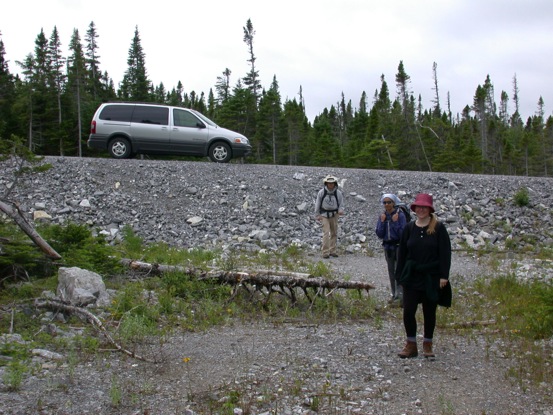
Setting off from our rented minivan for the long trek to the section. From left, Brian Beck, Talia, and Tiffany.
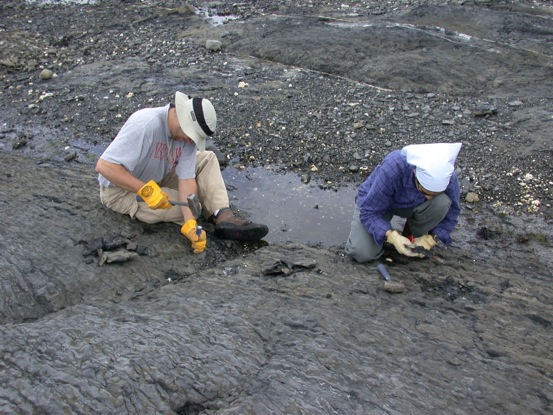
Brian Beck and Talia sampling horizon TCM 2.
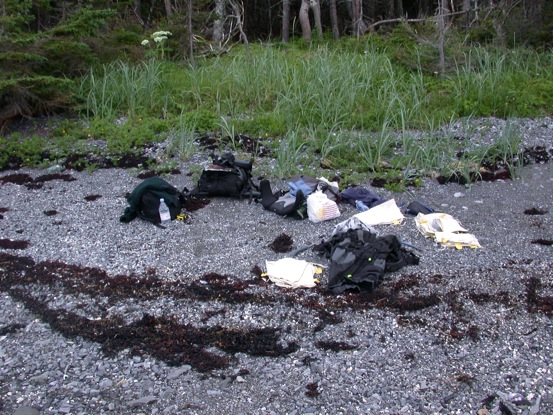
Sampling paraphenalia among the seaweed on the shore.
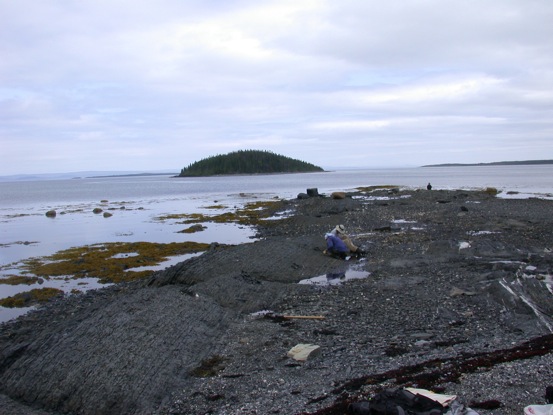
View of the section looking toward Marechal Island. The upper portion of the section is under water on the left as the photograph was taken while the tide was still high but beginning to recede (the seaweed at left is totally covered at high tide). The figure in the distance is Tiffany.
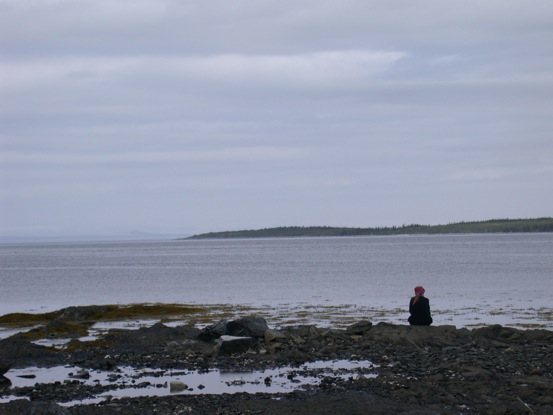
Tiffany waits for the tide to go out.
The main silicified fauna was recovered from the above section near Marechal Island. It has many species in common with the material described by Whittington (1965) from coastal exposures on the west coast. However, there are many species that do not appear in Whittington's work or else are represented only by one or two specimens in open nomenclature. Partly this is almost certainly a reflection of mechanical sampling bias - many of the new things are small, tuberculate, or spiny and were probably masked by "crack-out" sampling. However, there also appear to be some genuine compositional differences. It seems possible that the Marechal Island locality represents a somewhat more distal and species-rich biofacies. The fauna from the Marechal Island section is almost comically species-rich. Below are photos of some, but not all, of the species recovered. Almost all are well enough known to treat in detail. The first project to see print will likely be on the new calymenid genus Atlanticalymene - that work is described on the "Papers Up Next" page. Plates have also been finalized for all of the cheirurid taxa, though exactly how and in what combination they will see publication remains to be determined.




Lonchodomas, Ampyxoides, Ampyx, Ischyrotoma
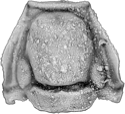

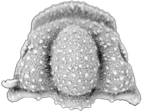
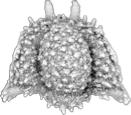
Carolinites, Celmus, Dimeropyge, and another species of Dimeropyge
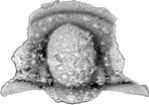


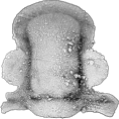
A new genus of aulacopleurids, Phorocephala, Telephina, Brackebuschia
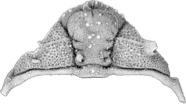
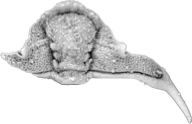
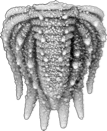
Two species of Atractopyge and a tail of one of them
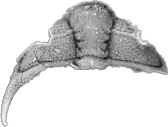

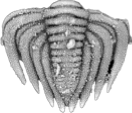
A third species of Atractopyge, and a head and tail of Lyrapyge

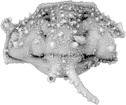
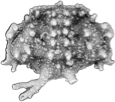
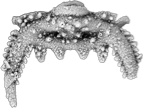
A new genus of odonopleurids, Ceratocephala, Ceratocara, and a tail of something new



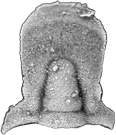
Amphilichas (head and tail), and two new species of Oenonella

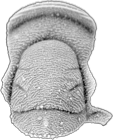
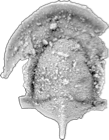
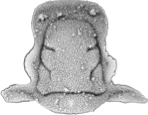
Several proetids; each head appears to represent a new genus.
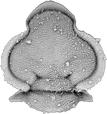
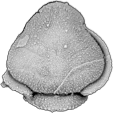
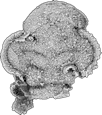


Blosyropsis, Remopleurides, Eorobergia, Scotoharpes, and a shumardiid
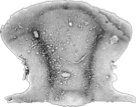



Raymondaspis, Turgicephalus, a triarthrine olenid, and Nileus



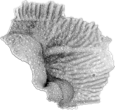
Head and tail of the agnostoid arthropod Geragnostus, Illaenus, Harpides
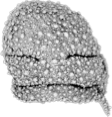

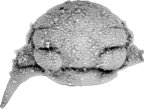
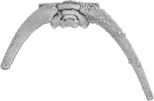
Cydonocephalus, Kawina, Sphaerexochus, Laneites
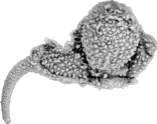

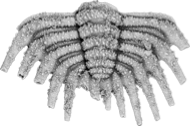
Sphaerocoryphe, a new genus related to Macrogrammus, and Macrogrammus

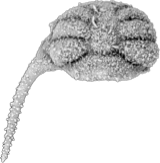
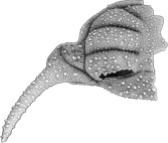
Heliomerine cheirurids.